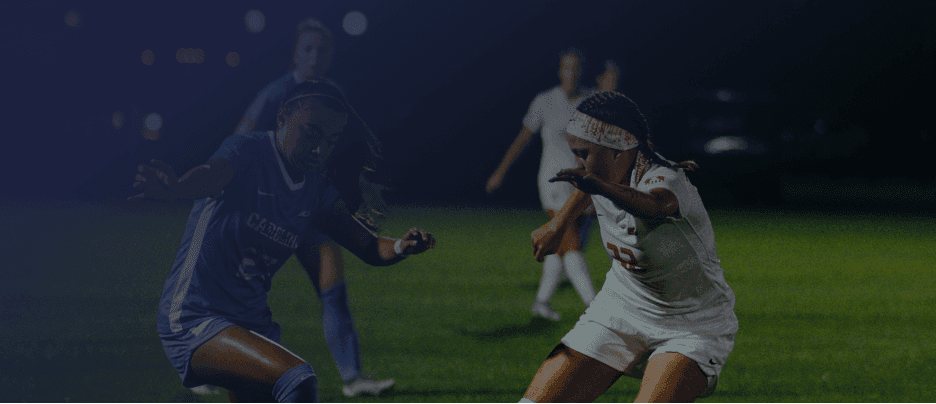The History Behind NIL

Overview
What is NIL? NIL stands for Name, Image, and Likeness and is associated with a college athletes ability to control and profit off of their identity. Before NIL college athletes spent long hours dedicated to their sport and to their studies with no options for them to get compensation. But several court cases brought up the injustice of this and caused NIL legislation to be put in place. In today’s blog post we will be looking at college sports before NIL, the court cases that led to NIL, and how college sports have changed with this new legislation.
College sports before NIL
Before NIL college athletes were not able to profit off of their name, image, or likeliness. This raised concerns for weather it was fair that these students couldn’t earn money from the hard work, time, and dedication they put into their sport. According to NCSA the majority of Division 1 athletes spend around 60 hours a week on school work and on their sport. While a typical job is usually 40 hours per week. This means that D1 college athletes work 20 hours more than someone working a typical full time job, but D1 athletes were not allowed to be compensated for their work.
Court cases that caused NIL
Two court cases, O’Bannon v, NCAA and Alston v. NCAA, helped to spearhead the effort to allow college athletes to get compensation. In the 2014 a group of Division I athletes filed complaints regarding anti-trust against the NCAA. This was because they believed that the NCAA was violating the Sherman Antitrust Act. When this case was brought to court it was determined that by not paying college athletes the NCAA was breaking the Sherman Antitrust Act, which led the Northern District of the California to direct the NCAA to create rules around financial compensation less constraining. In O’Bannon v NCAA former UCLA basketball player sued the NCAA and the Collegiate licensing Company (CLC) after he saw a video game avatar that represented him but he did not give consent for his likeliness to be used, nor did he get any money from it. The district court found that student athletes not getting compensation for their NIL (name, image, and likeliness) did indeed violate the Sherman Antitrust Act. This court case led to the NCAA being able to give student athletes scholarships that covered the full cost of college Both these cases brought the injustices that college athletes were enduring to the public and to the legal system. This led to California passing the first NIL legislation in 2019 and later led to the NCAA allowing NIL compensation in 2020.
How have college sports changed
With the implementation of NIL college sports have changed to accommodate this new recognition of athletes value. This has caused a lot of upsides such as, college athlete’s value being recognized, they are more financially empowered, and it helps them to grow professionally. But, with all these positives there are also a few downsides that people have pointed out such as this new opportunity creating a distraction for athletes, it causing inequalities, and has led some people to question the amateurism associated with the NCAA. Regardless of these downsides NIL has created so many great opportunities for college athletes and have allowed them to profit off of a sport that they commit lots of time, energy, and money towards.
Sources

Stay updated!
We'll send you exclusive deals, updates about our events, and progress as we build our platform.
This site is protected by reCAPTCHA and the Google Privacy Policy and Terms of Service apply.